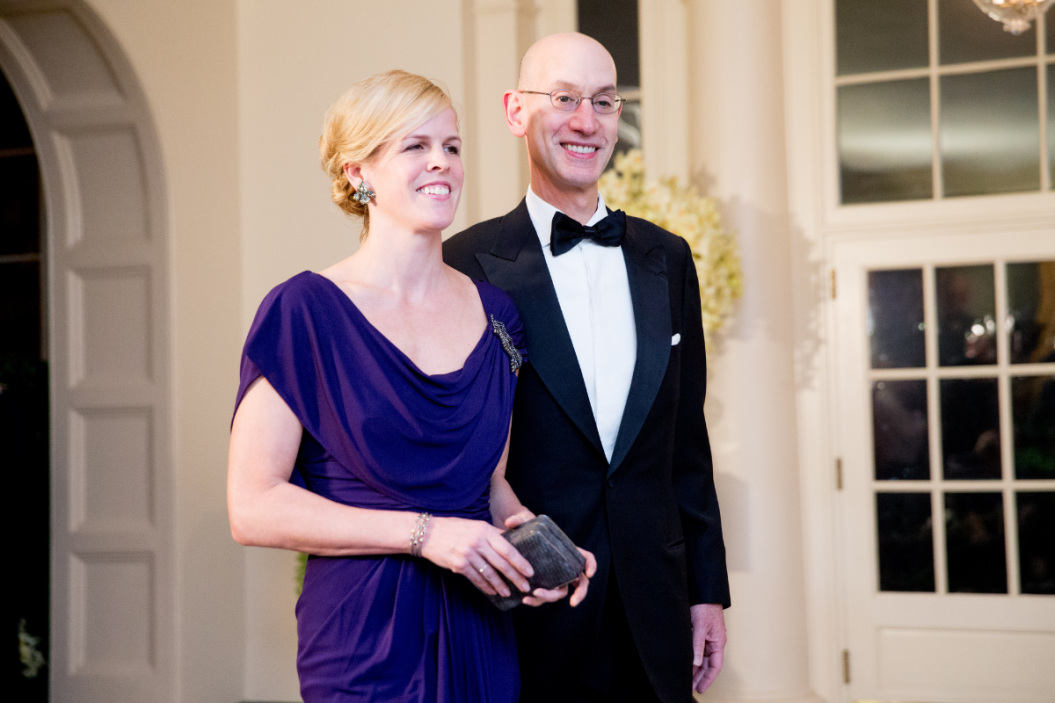Introduction: louise burns silver
Louise Burns may not be a household name for many, louise burns silver but for those in the know, her legacy in the world of silver craftsmanship and design is nothing short of remarkable. Over the decades, she has made a mark on the industry, creating timeless pieces that blend beauty with function. Known for her expertise and artistry in silver, Louise’s work has influenced generations of artisans, collectors, and enthusiasts alike.
But what makes Louise Burns a louise burns silver standout in her field? Is it her attention to detail, her unique approach to silverwork, or perhaps her ability to push boundaries while remaining true to traditional techniques? In this article, we’ll explore the life, career, and lasting impact of Louise Burns, the silver artisan who redefined what it means to create art from metal.
The Early Years: A Journey of Discovery
A Passion for Craftsmanship from a Young Age
Louise Burns’ fascination with metalwork began at an early age. Growing up in a family where creativity and artistry were celebrated, she found herself drawn to the world of craft. Initially, Louise dabbled in various forms of art, from painting to louise burns silver sculpture. However, it was silver that truly captured her imagination. The way it gleamed under the light, its malleability, and the challenge it posed as a medium made it the perfect outlet for her artistic aspirations.
At the age of 18, Louise decided to pursue her passion for silver in a more structured way. She enrolled in a prestigious arts academy, where she received formal training in silversmithing. There, she honed her skills and learned the delicate techniques that would define her later works. The environment of the academy also introduced Louise to the rich history of silver craftsmanship, from ancient civilizations to contemporary designs.

Finding Inspiration: Nature, Architecture, and More
During her time in school, Louise was influenced by various sources of inspiration. One of the most significant influences on her work was nature. Drawing from the shapes, textures, and patterns found in the natural world, Louise infused her louise burns silver designs with organic elements. She was particularly fond of using floral motifs, flowing lines, and geometric patterns, all of which would become signature elements of her work.
Architecture also played a key role in shaping Louise’s design philosophy. The clean lines and structural integrity of modern buildings resonated with her, inspiring her to merge traditional silverworking techniques with a more contemporary louise burns silver aesthetic. The result was a body of work that combined the best of both worlds—classic silversmithing with a modern twist.
Silverwork Mastery: Techniques and Innovations
Crafting Pieces That Stand the Test of Time
One of the key reasons Louise Burns stands out in the world of silver is her mastery of technique. From the very beginning of her career, she louise burns silver dedicated herself to perfecting the traditional methods of silversmithing. These methods, which include repoussé (the art of shaping metal by hammering it from the back), chasing (detailed surface decoration), and casting, formed the backbone of her work.
However, what set Louise apart from other silversmiths was her innovative approach to these age-old techniques. She wasn’t content with simply reproducing traditional designs; instead, she sought to refine and evolve them. By experimenting with different textures, finishes, and forms, Louise was able to create silver pieces that felt both timeless and contemporary at the same time.
The Artistic Process: From Concept to Creation
For Louise, the process of creating a louise burns silver piece of silver art was just as important as the final product. Each project began with a concept, often inspired by an element of the natural world or an architectural form. Louise would sketch out her ideas, sometimes incorporating multiple elements into a single design, and then begin the process of transforming those sketches into reality.
The first step in creating a silver piece was typically to form the shape, whether it was a bowl, necklace, or decorative item. Louise often worked with sheet silver, which she would cut and mold into the desired shape. Once the basic form louise burns silver was created, she would begin adding the finer details, whether through engraving, repoussé, or chasing.
One of the most exciting aspects of Louise’s work was her use of mixed media. She often incorporated other materials, such as gemstones, wood, and glass, into her silver creations. This blending of materials allowed her to add color and depth to her designs, creating pieces that were as visually striking as they were functional.
Louise Burns’ Signature Designs: A Blend of Tradition and Innovation
Famous Collections and Pieces
Over the years, Louise Burns created a louise burns silver wide range of iconic silver pieces, each showcasing her incredible skill and artistry. One of her most famous collections was a series of intricate silver vases, which combined organic shapes with clean, modern lines. These vases were not only functional but also highly decorative, making them perfect for collectors and interior designers alike.
Another standout series from Louise’s collection was her line of silver jewelry, which included everything from delicate earrings to bold, louise burns silver statement necklaces. These pieces were especially popular for their ability to blend classic designs with a contemporary edge. Whether it was a pair of minimalist silver hoops or a statement cuff bracelet, Louise’s jewelry showcased her mastery of both form and function.

Innovations in Silverworking
While Louise Burns is celebrated for her mastery of traditional silversmithing techniques, she also pushed the boundaries of what was possible with silver. Her use of color in her pieces was groundbreaking, often incorporating colored gemstones or louise burns silver enameling techniques to add vibrancy to her creations. Additionally, she experimented with alternative finishes, such as matte, polished, and hammered surfaces, giving her pieces a unique texture and depth.
Perhaps one of Louise’s most innovative contributions to the silver industry was her use of silver in unexpected ways. For example, she was one of the first silversmiths to create sculptural pieces—such as silver trees, birds, and abstract forms—that were more akin to works of art than traditional silverware. These sculptures captured the imagination of art collectors and interior designers, propelling Louise into the spotlight as a silver artisan with a unique vision.
The Legacy of Louise Burns: Influence and Impact on Silver Art
Mentoring the Next Generation
Throughout her career, Louise Burns remained passionate about passing on her knowledge and skills to future generations. As her career louise burns silver progressed, she took on apprentices, sharing her techniques and insights with young artisans eager to learn the craft. Louise’s mentoring efforts were not just about teaching silversmithing; they were about instilling a sense of artistry, creativity, and dedication to quality that would resonate with her students long after they left her tutelage.
Many of Louise’s protégés have gone on to create their own successful careers in silverworking, each carrying a piece of her legacy forward. Her influence can be seen in the work of silversmiths who prioritize craftsmanship, creativity, and innovation—principles that were at the heart of Louise’s own artistic journey.
A Lasting Influence on Silver Design
The silver industry has undergone many changes since Louise Burns first began her career. New technologies, new materials, and shifting trends have all played a part in reshaping the landscape of silver design. However, despite these changes, Louise’s influence remains undeniable. Her designs are still highly regarded by collectors, and her work continues to inspire new generations of silversmiths.
Today, many contemporary silversmiths look to Louise’s work for inspiration. Whether it’s her use of natural motifs, her mastery of louise burns silver traditional techniques, or her ability to innovate while respecting the craft’s history, Louise’s impact on the silver world can still be felt. Her pieces are often cited as examples of how to blend artistry and functionality in a way that feels both timeless and contemporary.
Conclusion:
In conclusion, Louise Burns’ work in silver craftsmanship has left an indelible mark on the world of art and design. Through her unique blend of traditional techniques and innovative designs, she redefined what silver could be—transforming it louise burns silver from a mere material to an expressive medium for creativity. Her legacy lives on, not only in the stunning pieces she created but also in the way she inspired and mentored future generations of silversmiths.
As we look back on her remarkable career, it’s clear that Louise Burns will forever be remembered as a silver icon—an artist whose work continues to inspire and captivate, both in form and in spirit.



